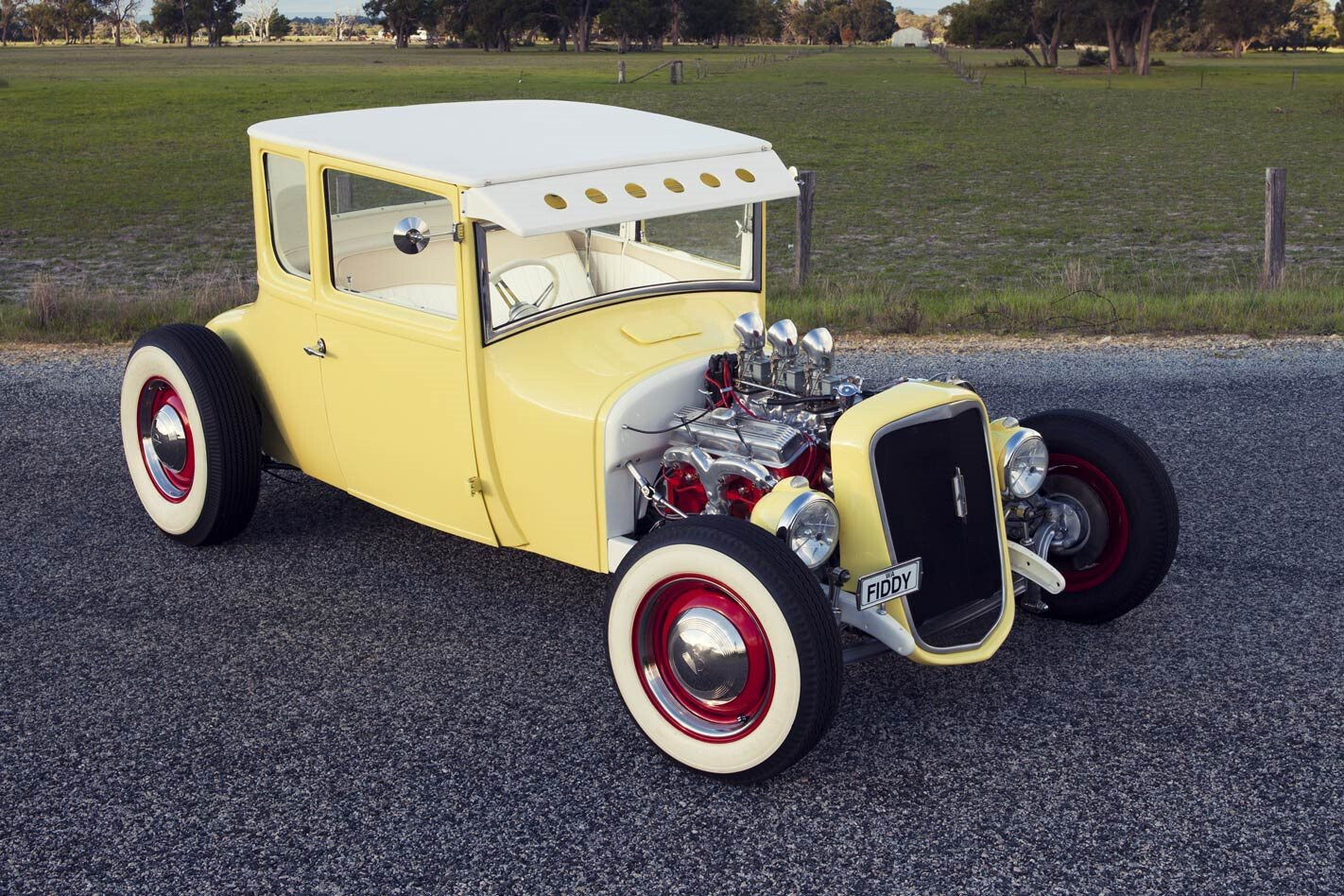Model T 1927

The Model T, introduced by Ford in 1908, revolutionized the automotive industry and became an icon of early 20th-century American culture. By the time 1927 rolled around, the Model T had undergone several iterations, yet it retained its fundamental charm and accessibility. This article delves into the significance of the 1927 Model T, highlighting its design, performance, and lasting impact on both the automotive world and society at large.
When talking about classic cars, the Model T often stands out as a pioneer. It was a car designed for the masses, making personal transportation accessible to many for the first time. The 1927 version marked the end of an era, as Ford ceased production to make way for the Model A. Despite being almost a century old, the 1927 Model T continues to capture the imagination of car enthusiasts and historians alike.
Examining the 1927 Model T offers a unique glimpse into the past. It reflects an era when innovation was just starting to take off in the automotive industry. The Model T wasn’t just a car; it was a symbol of progress and ingenuity. Let's explore what made this vehicle so special and why it remains a beloved classic today.
Design and Features
The 1927 Model T came with several features that were advanced for its time. One of its most notable aspects was its simplicity. The car was designed to be easy to operate and maintain, which contributed significantly to its widespread popularity.
The body of the 1927 Model T was made primarily from steel, with wooden components used in certain areas such as the floorboards. The car had a sturdy yet straightforward design, characterized by its high ground clearance and robust construction. It was available in various body styles including touring cars, roadsters, and sedans.
Under the hood, the Model T featured a 2.9-liter four-cylinder engine that produced around 20 horsepower. This might seem modest by today's standards but was quite impressive at the time. The engine was paired with a two-speed planetary transmission, which was easy to use even for novice drivers.
Performance
Performance-wise, the 1927 Model T wasn't about speed or luxury; it was about reliability and practicality. The car could reach a top speed of approximately 45 miles per hour (72 kilometers per hour), which was more than adequate for the road conditions of that era.
One of the standout features of the Model T was its fuel efficiency. The vehicle could achieve around 13-21 miles per gallon (5.5-8.9 kilometers per liter), depending on driving conditions. This made it an economical choice for many families.
The suspension system included semi-elliptic leaf springs both at the front and rear, providing a relatively comfortable ride on unpaved roads common at that time. Despite its basic design, the Model T's performance characteristics made it suitable for various terrains and uses.
Impact on Society
The introduction of the Model T had far-reaching effects on society beyond just making cars more accessible. It played a significant role in shaping modern America by influencing urban planning, infrastructure development, and even social dynamics.
With more people able to afford cars, there was an increased demand for better roads and highways. This led to significant investments in infrastructure that facilitated long-distance travel and commerce.
Furthermore, the Model T helped bridge social gaps by making transportation affordable for working-class families. It allowed people to travel farther for work and leisure, contributing to greater social mobility and interaction.
Legacy
The legacy of the 1927 Model T is undeniable. It set standards in automotive manufacturing that are still relevant today. The assembly line production method pioneered by Ford drastically reduced costs and made cars affordable for average Americans.
This model also inspired future generations of car manufacturers to prioritize durability, ease of maintenance, and user-friendliness in their designs. The principles established by Ford with the Model T laid the groundwork for many modern vehicles we see on the roads today.
Collectibility
For collectors and enthusiasts, owning a 1927 Model T is akin to possessing a piece of history. These vehicles are often restored meticulously to preserve their original charm while maintaining functionality.
The market value for a well-maintained 1927 Model T can vary widely depending on factors such as condition, originality, and historical significance. Some models have fetched prices upwards of $30,000 at auctions due to their rarity and sentimental value.
| Specification | Detail |
|---|---|
| Engine | 2.9-liter four-cylinder |
| Horsepower | 20 HP |
| Transmission | Two-speed planetary |
| Top Speed | 45 mph (72 km/h) |
| Mileage | 13-21 mpg (5.5-8.9 km/l) |
| Production End Year | 1927 |
The 1927 Model T remains an enduring symbol of innovation and progress in automotive history. Its design simplicity, reliable performance, and societal impact have cemented its place as one of the most iconic vehicles ever produced.
Whether you are an automotive enthusiast or simply someone interested in history, understanding what made the 1927 Model T special provides valuable insights into how far we've come in terms of technology and societal development.